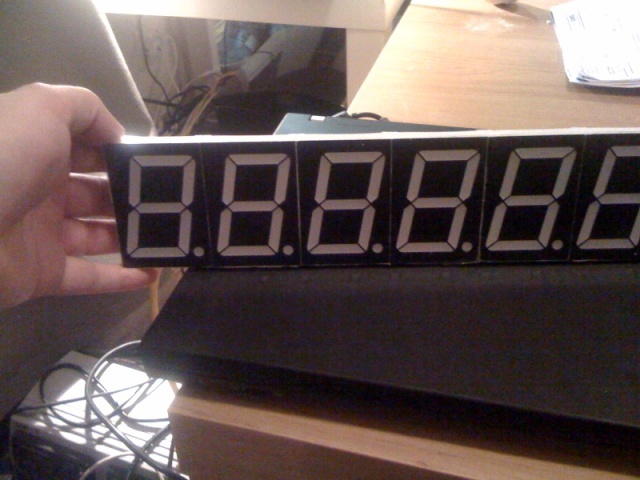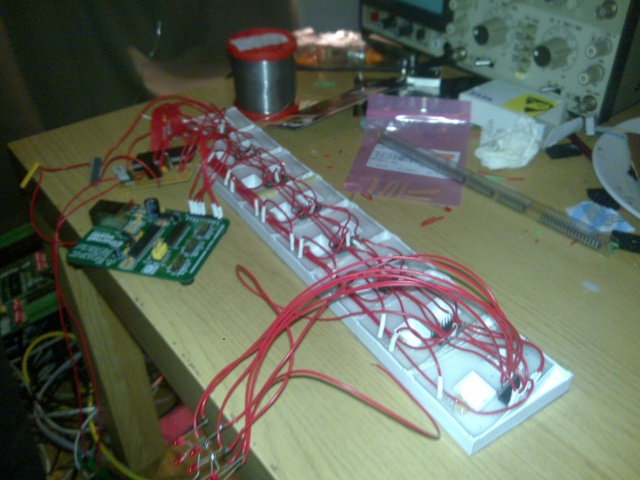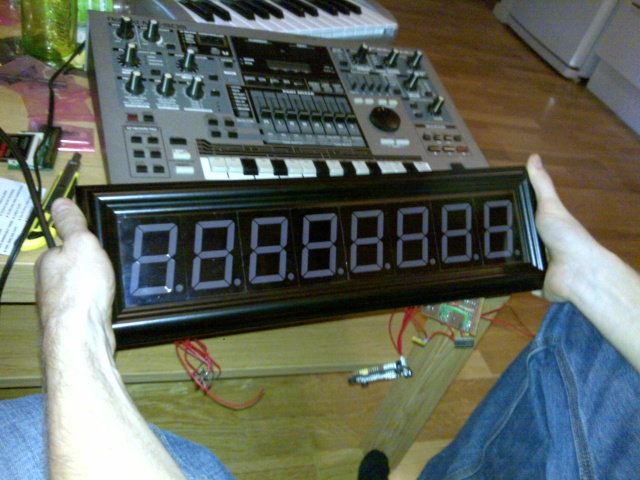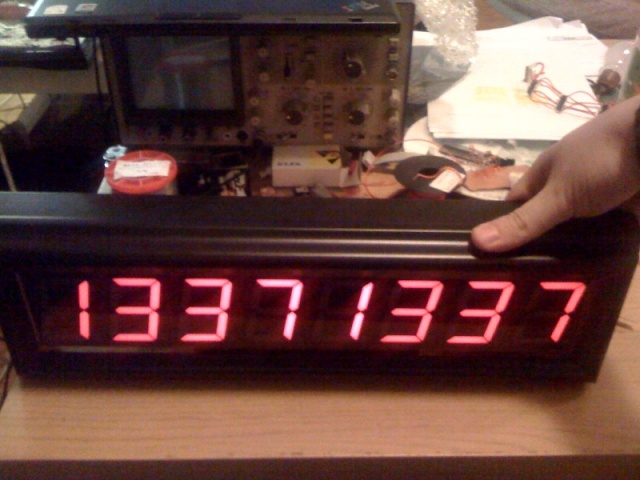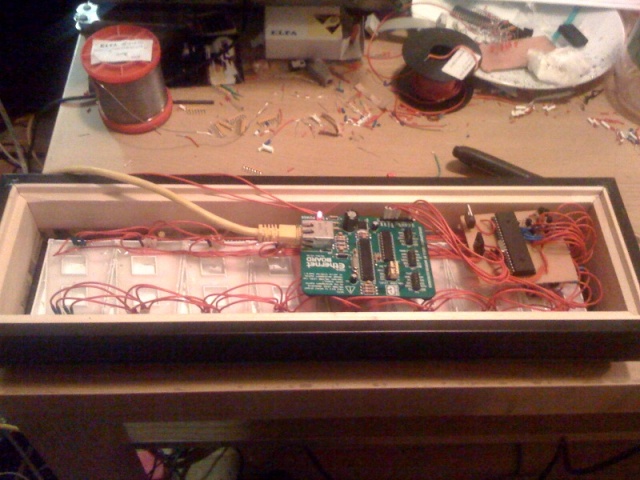DMX Light control system
Every year, I team up with raider.no to arrange a party in Hurdalen, or around the Oslo area. And one of the things that is important for us (especially me and William), is to create a cool opening show, using our own innovative technology. We don’t have a lot of money in the organization, so we tend to also develop stuff that already exists.
This year, we wanted to do the timing of the show entirely in our own system, as we weren’t satisfied with the Avolites Pearl systems own “show timing” system.
So we split up the task in two daemons and a GUI. The two daemons are written in C, and the GUI in Perl (using the Catalyst Framework).
The first deamon is the “DMX daemon”, which handles existing DMX data from the Pearl mixer as the rest of the night will be run from this board. This is transferred via network over the ArtNet protocol. It also listens for our own udp DMX-commands, which includes simple operations like, fade (linear), blink, subtract, add, etc. These functions allows external scripts and programs to send simple commands to control the lights. For example “fade channel 1 from 0 to 255 in 2 seconds”. Which would then automatically execute, without the client having do anything more. You can also group together a bunch of actions in a “transaction”, and then have it execute as soon as you send the “end transaction” command. The resulting DMX data is sent to the Enttec DMX dongle connected to this computer. The system is so lightweight, that there was no noticeable delay from using ArtNet->DMXDaemon->EnttecDongle over network, than using the direct DMX output from the board. The nice thing is that, if we want, the show daemon can forcibly stop all data from the Pearl mixer, or even alter the data using add/subtract/max/min commands.
The next daemon is the show daemon, this takes complete scripted shows from the database (created by the GUI), and converts them to commands to be sent to the DMX daemon. This daemon uses (lib)jackd2 to fire events at the exact time according to the sound file playing in a external program like Ardour, which sends timecodes via jackd. The show daemon has functions to group together effects that will be executed at specific timestamps.
Here’s a link to a overview of how we wired it all up for the show.
The whole system is kept open-source at github.
